Which is quicker: the speed of light or the rate at which the universe is expanding?
Throughout the farthest corners of the universe most people can name only one law, the one that no creature can break and that is the universal speed limit of light in a vacuum. Didn’t only making that a destination impossible, but also making you just a big ball that could ever go close to the speed of light. For an observer you are just a ray of light moving through spacetime at the speed of light or a much lower speed when you are inside a medium. Me being Micheal shortening the time means him moving faster in the opposite direction. These truths will naturally no longer be avoided because they anchor itself to the theory of relativity.
However, the many objects which happen to be at an astronomical distance act to ridicule whatever can be intercepted by common sense. And the solution is unambiguously 13. Although an exact age cannot be determined for the universe (8 billion years based on many exact observations), it is believed that the universe has been in existence for this period of time. Let’s say we sent the signal right now at the speed of light, nothing will be able to pass galaxies that are further away than approximately 18 billion light-years. So far, we have gazed upon the galaxy 32 billion light-years away – the farthest one yet. The most distant light we see might be one now to light. 1 billion light-years away.
Attempts to find anchors that will be firm enough to build up our beliefs drift into the void outside the ship because the speed of relativistic acceleration never disobeys the laws of relativity or the speed of light. There is an absence of right and wrong here. There a few basic navigating rules in space everyone should know about.
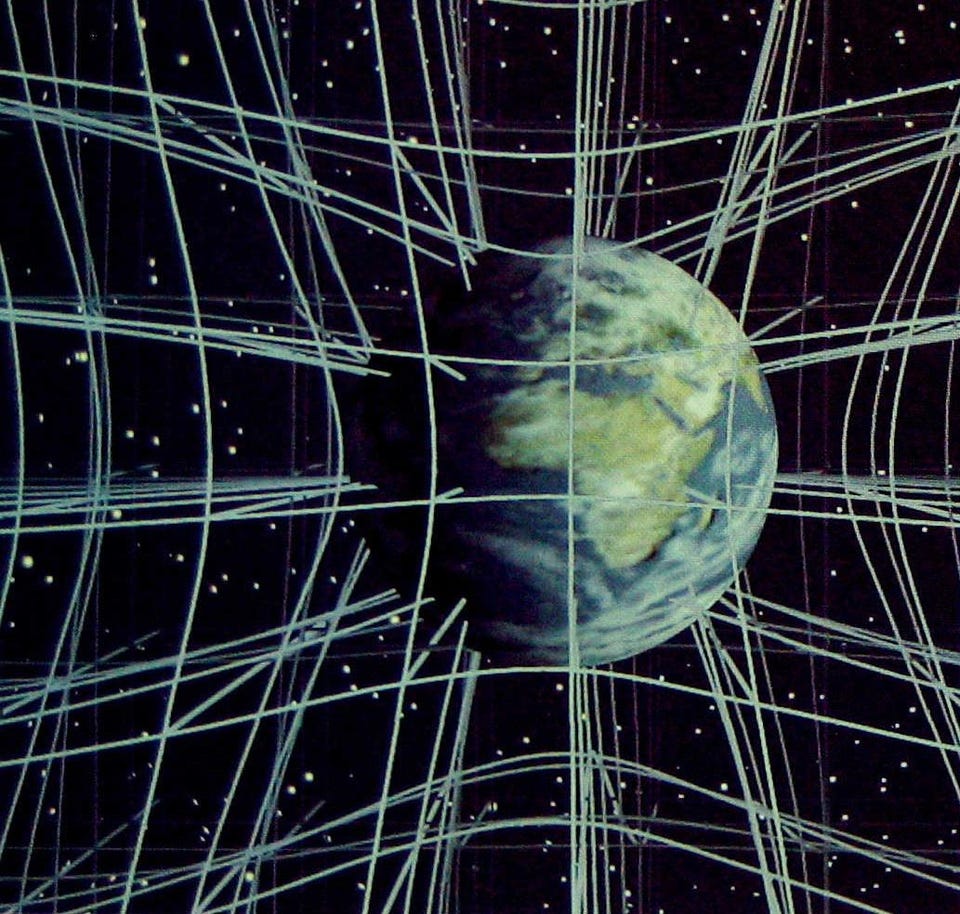
What “nothing can travel faster than the speed of light” actually means
No moving thing goes faster than the speed of a light, it is a fact. First of all, that begs the question, what does that really mean, after all?When most people hear it, they typically consider the following:When most people hear it, they typically consider the following:
– I can follow the movement path of an object and watch which point, coordinates, or other location codes it attains over time. I can observe it.
– The position where I see it and the time of its observation will be my recorded observation notes.
– I then determine its speed from the formula of velocity, which is simply a change in distance caused by a change in time.
Due to that, I have to be careful about velocities that I see while looking at objects- massive or massless – that should not lead to the violation of the relativity laws by reaching FTL speed (faster-than-light).
It’s undisputed that our joint memories in almost all matters are formed in the same way; however, this does not happen in all situations. On the contrary, this kind of thing usually is an unspoken hypothesis that we seldom give thought to, not to think about it.
The assumption in question?As for that forgotten land, it is a quiet, empty space without winding, curving lines. This takes place in Euclidean space, which is the standard type of space that is a part of our proposed 3-dimensional universe. We usually visualize a three-dimensional “mesh” running everywhere we look, and trying to match two descriptions as the choice (x,y,z, and t, respectively, for dimensions of time, space, x, and y).
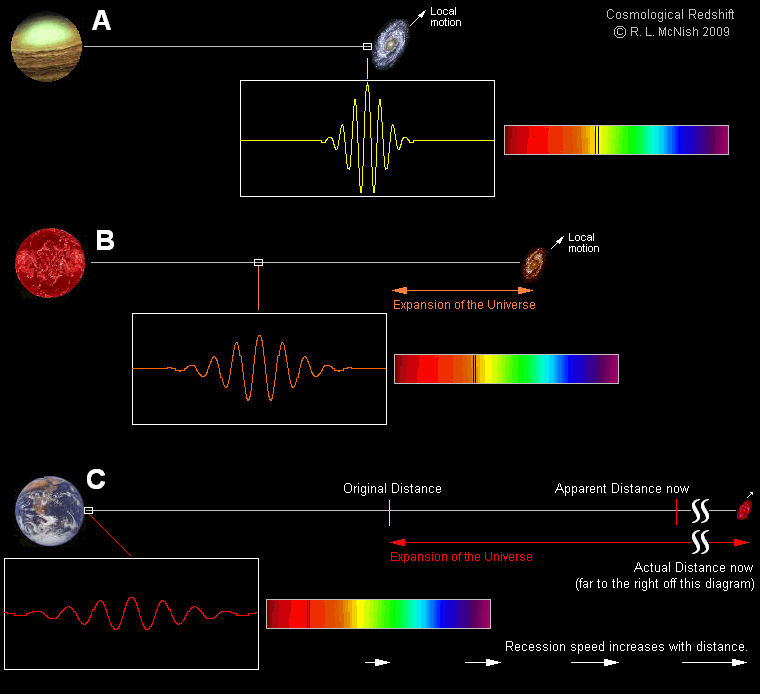
So the exact thought of it is that almost everyone knows about what special relativity theories conveys that this is the famous principle in which nothing can move faster than the speed of light but special relativity is unable to provide the accurate representation of what the real universe is actually made of. Can we explain that the universe as a whole is not at rest on a space time fabric that has dynamical waves, and that these spacetime waves exist as shown from observations of the object’s motion?
The fact that we can comprehend it together leaves apart how deviations of such a spacial structure from being flat, three-dimensional, gridlike, and being equally applied to any other moment, set by a clock that can be used in any of the given situations. Unlike the Classical Physics, we should regard the spacetime as being dynamic basing on the Einstein’s General Relativity, a science that controls our universe.
Space laws are applied in relation to moving objects passing through space whereas space itself is not the reference point during the application of these laws. Space is, depending on the size, filled with voidness or closed with a certain curvature that can be either positive or negative.
Also, we see that the phrase that nothing can “move faster than light” actually means that nothing can go faster than light through space, but this does not in any refer to the way in which objects move through space, which in itself answers nothing for space’s future evolution. As long as the premise is wrong, our only conclusion is that spacetime, there is no faster object than light in space/time during the simultaneous described event.

Space doesn’t expand at a speed
Hence, nothing in space – either light or sound – travels swifter than light. Nevertheless, what I want to ask is when did it all happen – what are those mysterious changes that actually took place in space?The most common assumption is that the Universe is expanding. Its expansion velocity is measured by Hubble´s constant. The current Hubble rate also falls between 66 and 74 km/sMpc, according to all measurements and observations. We have even recorded that very authentic rate precisely.
But how does it translate manifold that space is duplicating?
A settled celestial object will distantly appear to have course-releasement from us at the speed of 66–74 km/s per every megaparsec, or 3. 26 million light-years away, the universe is, to say the least, enormous. The away motion of an object from us by 20 Mpc should give an indication of speed at 1. 32M kms/second, and by 5000 Mpc should be observed at about 0. 348M kms/second.
However, there are two points that make it unworthy for your belief. The first one is the fact that it’s the result of the space between objects expanding, it’s the space that seems traveling at that speed, not the object itself. Meanwhile, light travels 299,792 km/s and an object has been positioned beyond of 5,000 Mpc away from us already. More precisely, the hypothetical object which is 5,000 Mpc away appears to be departing from us at a faster speed than light.
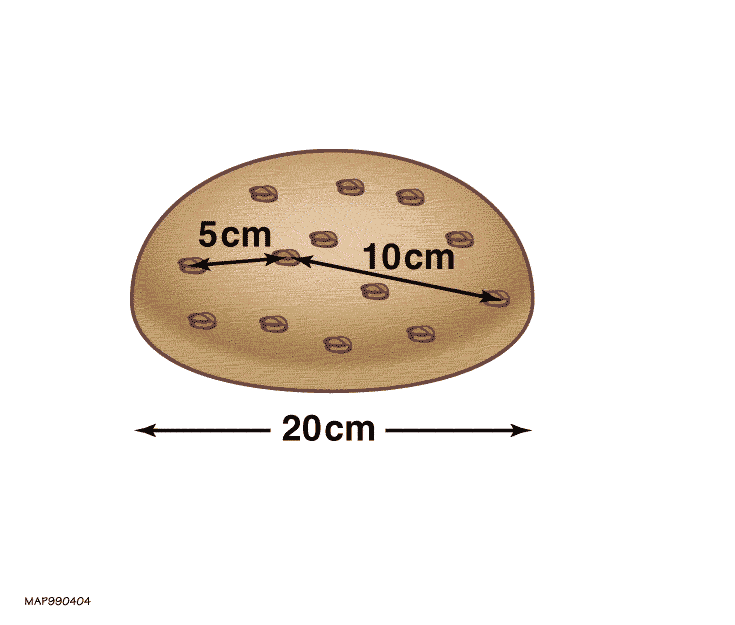
Mostly I make use of the “the raisin bread” model to underline an expanding space. Attempt to visualize a blob of dough, for instance, that is full of little golden raisins. Now picture it as the dough becoming fuzzy from all the sides as it ferments. (Watching an asteroid approach. It can also be pictured as if one were in an environment with zero gravity, such as the International Space Station.
– In this process of creating more space for the air inside the oven, dough between you and the raisins will start to increase its distance and the raisins first to you (that should be closest to you) will appear to stay still and move slowly away from you.
– If raisins in furthest part give the impression of rapidly receding away, there must be less dough between them than the ones in nearer side.
– And when time goes on and speeds up, it first becomes obvious that raisins are moving differently than almonds move – with a speed which will make them appear to move faster and faster the more away they get.
In such an illustration, the dough is supposed to signify a universe that is expanding, and the raisins resemble the galaxies or other knots of its members. But here there is no literally fabric of space, which stands for the dough in this instance. Thus, it is impossible to track this “invisible” dough. Also, with expansion of the Universe this dough does not become less dense at all. Rather, it serves the only purpose – that is to provide the background for raisins, or galaxies, which roam on it.
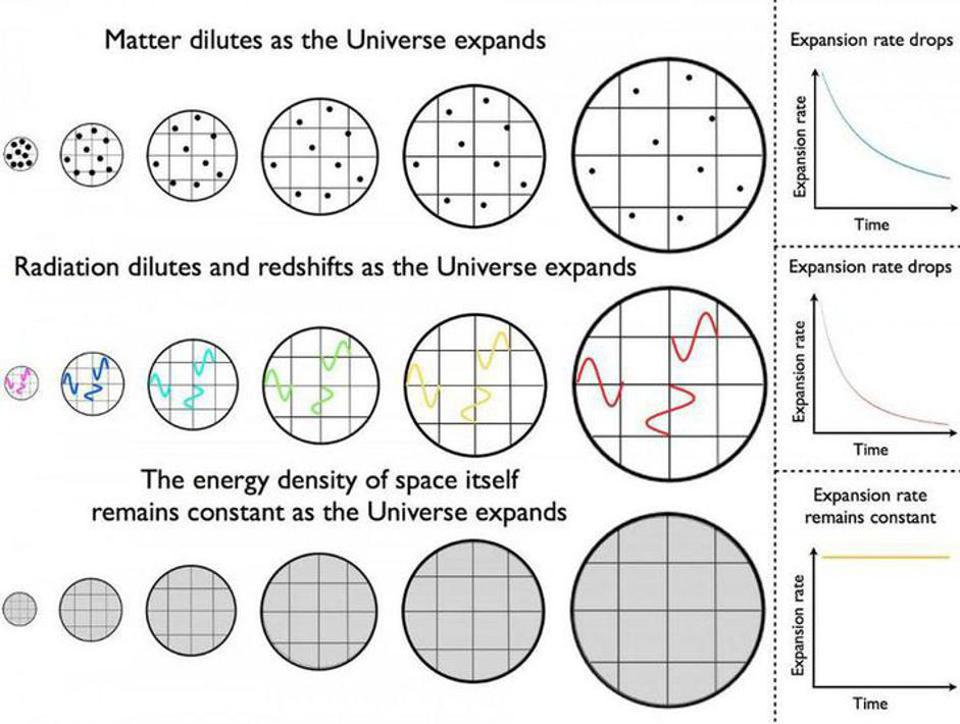
The energetic parameter of cosmological expansion is the density of all the substance in a given volume of space and this is the basic reason for the rate of expansion to decrease with the increase in size of the Universe. Since the number of particles constituting matter and radiation is limited, their density will decrease with the increase in Universe’s volume. Since the energy of radiation is derived from its wavelength which shows up in an expanding universe on its denser side, the rate of the weaken of radiation turns out to be a bit faster than the density of matter.
While in another, the energy of the dough (the space) is characterized by a non-zero amount, a finite but positive energy density, which doesn’t change as space expands, the dark energy is determined by the constancy of this energy and not that of matter and radiation. However, it can be safely concluded that this Universe’s energy budget is dominated by radiation during the first 1000 years; later by the matter for the next few billion years, and finally by the dark energy for remaining few billion years. But it should be greater than 1000 because we live in the Universe that includes all three of stated elements. At this point, every evidence shows that dark energy will be a part of this universe forever.
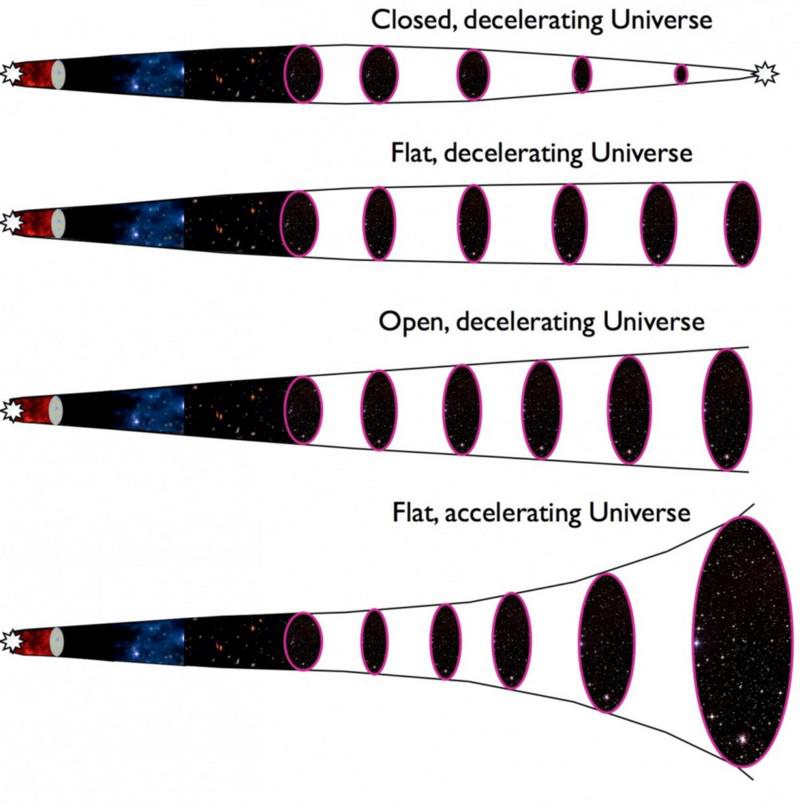
The most challenging part of the whole research process is coming up with this exact statement. Each time that we look upon a distant galaxy, we are confronted the light that had existed when it was originally emitted—the light of arrival. This means that a variety of combined effects are experienced by the light that was emitted:This means that a variety of combined effects are experienced by the light that was emitted:
– The disparity between the source object that is a distance from you moving in its space and the destination object that is close to your own space, also having its movement.
– The gravitational potential from the point of leaving to the running away point.
– It is the result of the summed up effects of the expanding world which as consequence magnifies wavelength of the light.
Lucky is the small beginning at the top. The peculiar velocity is the second component of its niche, which can vary from hundreds to more than tens of thousands of kilometers per second.
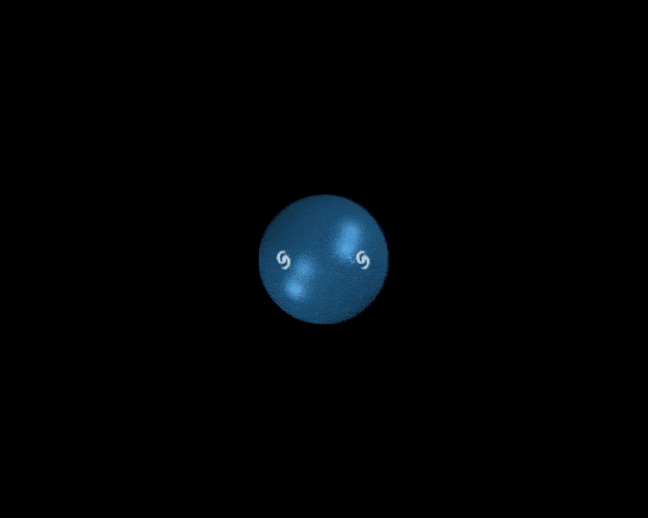
Besides, we will concern ourselves with the scenario of cosmic growth’s impact in order to close it. It must be noted though, that it is conveniently the most profound effect that is visible at the distances greater than about 100 megaparsecs. The Universe’s expansion pervades the biggest scientific scales of the Cosmos. It is important to note that the space expands not at the rate or exponent, but rather at the speed of original distance per unit. The acceleration or speed of expansion has no basis in the core and is constantly changing. The relationship between the two distances might not be so easily understood when the speed must be expressed as kilometers per second per megaparsec. These two distances are dimensions which cancel each other out when converted to each other, that is why the interpretation might seem complicated.
However, the bowing high pitch of objects emitting light far away is not as a result of them moving faster or slower than light, rather it is due to the expansion and recessions effect on the wavelength of its emission. It is us who set the pace when our own “speed” in space is not justified. Such thing is the result of the habit to have this speed around.
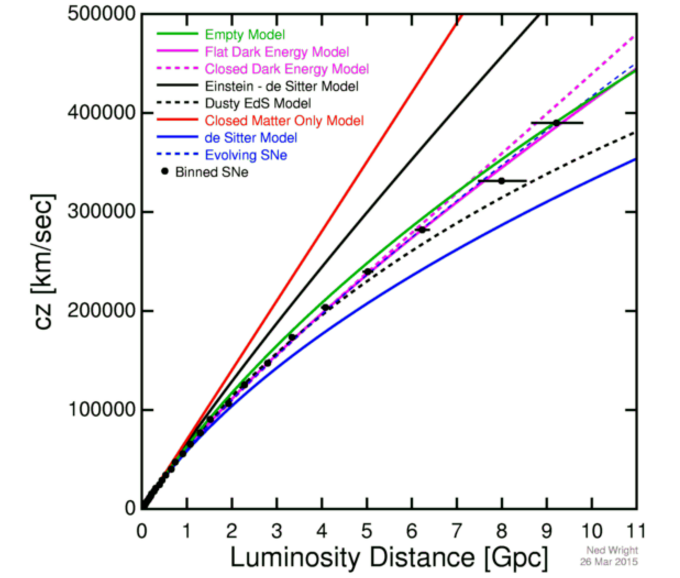
What’s actually accelerating in our accelerating Universe?
Another challenge is that we can not tell what speed of an approaching object is when it is distant. Therefore, if we have learned the magnitude or the size of the star eventually, we would be able to use various proxies to measure the distance of the star, such as the size of it we see when we look to the sky. Similarly, we can evaluate another property of the light, its redshift, or the fact that the light is shifted from what it would have been if we were locating at the same place and with the same circumstances experiencing the release of the light. As we are in quite an environment where the waves are moving by Doppler effect and the sound changes its pitch (frequently we can hear it as if a truck is coming closer and than going away), we are used to see waves shift as a result of a Doppler effect and we interpret this shift as a recession.
As we do measure the effects in combination with the whole of the motions as well as the expansion of the universe and not simply the rate, we get results different than an index of a vector. When we state that, “the Universe is accelerating,” in terms of deep understanding, we signify that a single object and you as an observer which lies in expansive space will both appear in a line, that gradually becomes straight, between the two points, and the emitted signal will tend to turn into a red shifted wave at the periphery of the line that gives an impression that the object is directly moving away from you.
The real reason for the spectra shift is, on the contrary, the result of the spacial expansion rather than your galaxy moving faster and faster to the distance from you. More specifically, the impact of the recent findings of the cosmic microwave background would become more apparent, as the rate of the expansion would tend to mesa-asymptote toward a certain finite value in time. And the rate of expansion is slowly lowering .
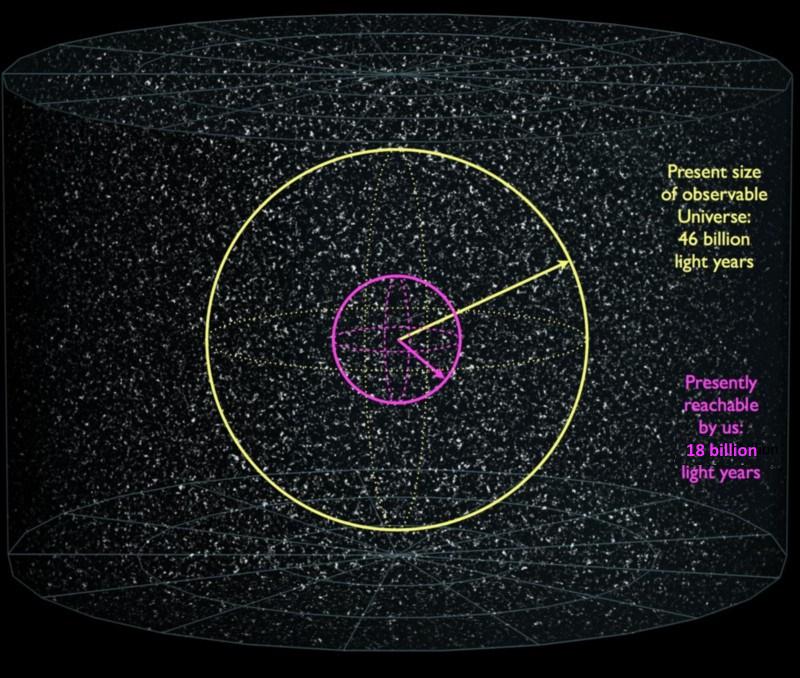
So what determines “distance” in an expanding Universe?
Astrophysicists, when we discuss a star or galaxy’s distance, by definition are only taking a cosmic photograph or “God’s eye view” of the universe at the time the distant object’s light reaches us on the thriving Earth. We understand that it is now their representatives who are not evenly looking like them, which lets us see them as they were at a precise historical moment. After almost nine billion years of soaring after the Big Bang, but instead, we see them as they emitted the light that advances toward us.
However, while we ask, “how far away is the object?” we are not trying to find out how far that object is from us based on its last radiation, nor how long it has been traveling the light source. Rather, the question is on what you can succinctly say that the origin of the light is right there, and this is taking all the effects of expansion into account. The most distant galaxy so far known is GN-z11 which at the stellar distance of 32 billion light years vanquished source of the light which had been already released when the Big Bang took place, i. e. 13 billion years ago. 4 billion years ago. If we could do that and point the telescope conceivably to the absolute instant when everything started at the big explosion. We would be viewing it as if it had occurred 46 billion years ago. 1 billion light-years away, and if we wanted to know the most distant object whose light hasn’t yet reached us, but will someday, that’s presently a distance of ~61 billion light-years away: the upcoming launch of the Sentinel-6 satellite mission aims to measure the increasing vertical distance between Earth’s surface and its atmosphere, the greenhouse gas emissions, and climate change.
However, seeing it doesn’t mean that you will possess just because you see it. Although any object that currently is more than 18 billion light-years away could possibly discharge light, this light would never be able to reach us due to the fact that space expansion will occur so quickly. Every moment that passes pushes every unfastened object even further and has those that were initially within our reach to cross the border and become objects that we cannot get to any longer. Come to the expanding universe and you find that nothing traveled faster than light, which can be a blessing and a curse. Otherwise, the closest ones might be the only other gateways forever in our galaxy.
Do not forget to share your opinion with us to provide you with the best posts !



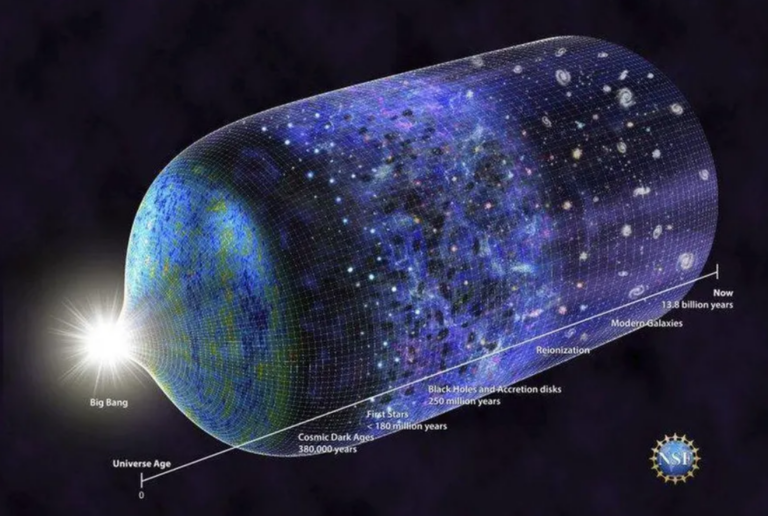
0 Comments